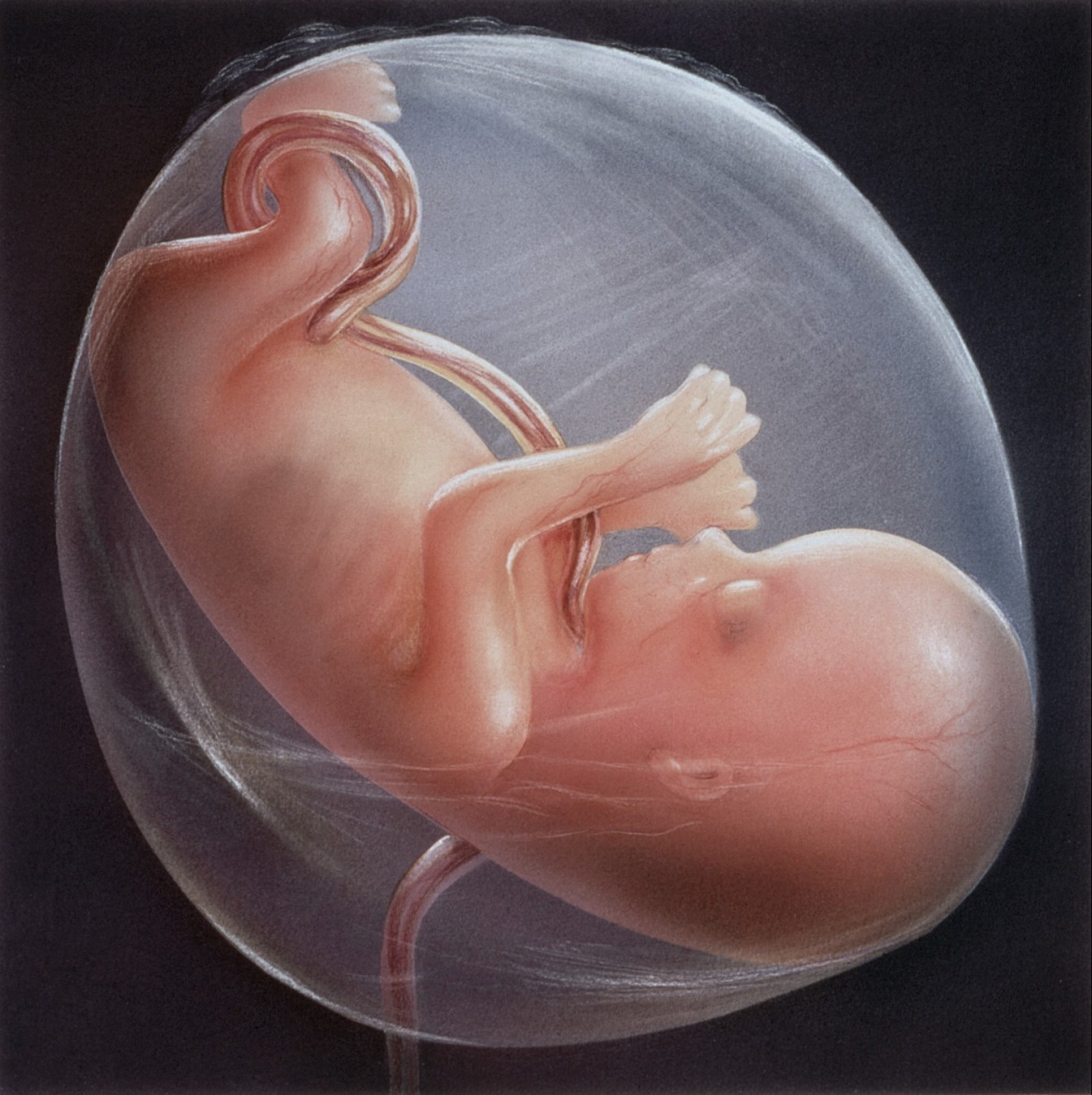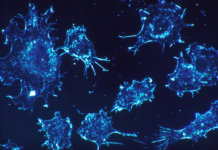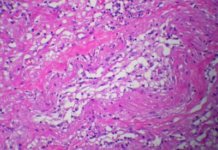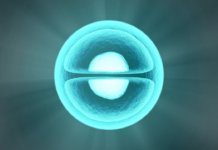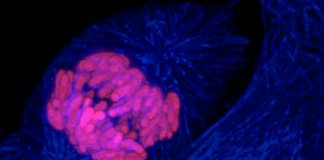Amniotic fluid, a miracle treatment for bones fractures?

A UCL research team at the Institute of Child Health led by Dr Pascale Guillot found out that cells found in the amniotic fluid could revive aging and weak bones. Published in Scientific Reports, their findings demonstrated that cells in the amniotic fluid could strengthen bones and reduce fractures by 80%.
Most of the time, the great majority of bone fractures are caused by force impact or stress. However, a fracture could also be the result of some medical conditions which weaken the bones (also known as as a pathological fracture). The most common bones diseases are osteoporosis, osteogenesis imperfecta or some cancers targeting the bone tissue. Cells from amniotic fluid applied on these kinds of fractures could have a repairing effect.
Experimenting on mice to prove the efficiency of this potential treatment
To conduct their experiment, the researchers collected stem cells from amniotic fluid surrounding a developing baby. This fluid has a double function, as it protects the baby and helps it develop inside the mother’s womb by providing stem cells that constitute the building blocks for the growing baby. The researchers gathered materials left over from screening tests during pregnancy or collected immediately before birth. They injected the cells into mice suffering from brittle bone disease or osteogenesis imperfecta. The findings showed that the mice injected with the cells saw not only an improvement in the strength, plasticity and structure of their bones but also a significant reduction of the number of fractures observed.

Bone fractures types
Bones health greatly influences longevity
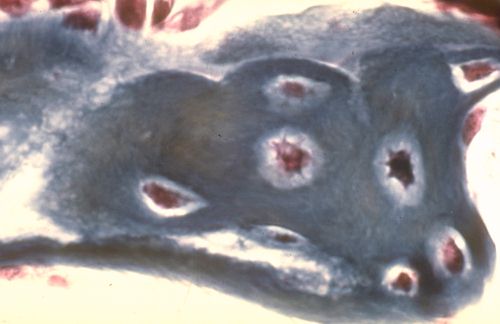
Brittle bone disease or osteogenesis imperfecta can be lethal, and it affects about one in every 25,000 births, including babies born with multiple fractures. Bones production and destruction is managed by cells called osteoclasts and osteoblasts, and the stem cells from the amniotic fluid have the ability to increase the natural activity of the osteoblasts that hence produce more bone. The researchers aim to find out which chemicals these stem cells are releasing in order to produce this effect. This new potential treatment could help babies with genetic diseases, elderly people and even astronauts. Human clinical trials are planned within the next two years.
Hans Luboya-Kombé

Author
Auteur
Hans is a process supports engineer after his masters in materials chemistry at the university of Paris-Est Créteil.
More about the Long Long Life team
Hans est aujourd’hui ingénieur support procédés après un master en chimie des matériaux à l’université de Paris Est Créteil.
En savoir plus sur l’équipe de Long Long Life


